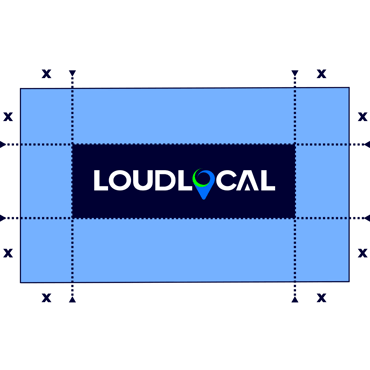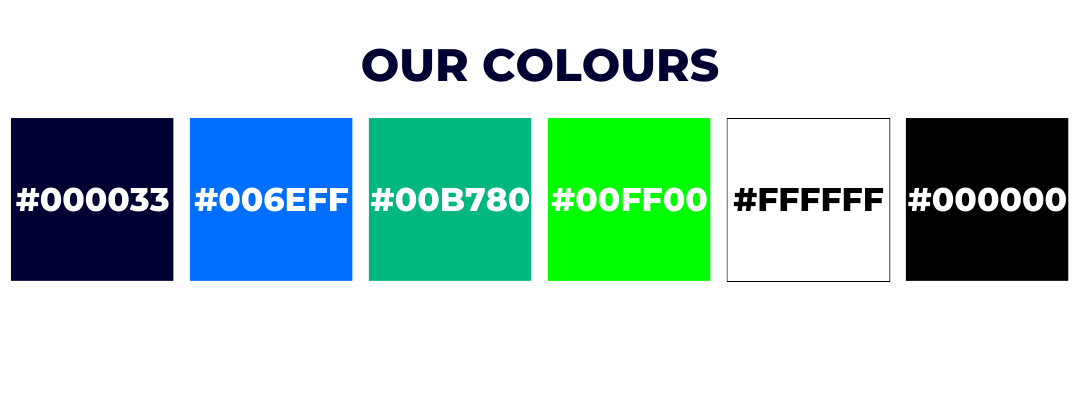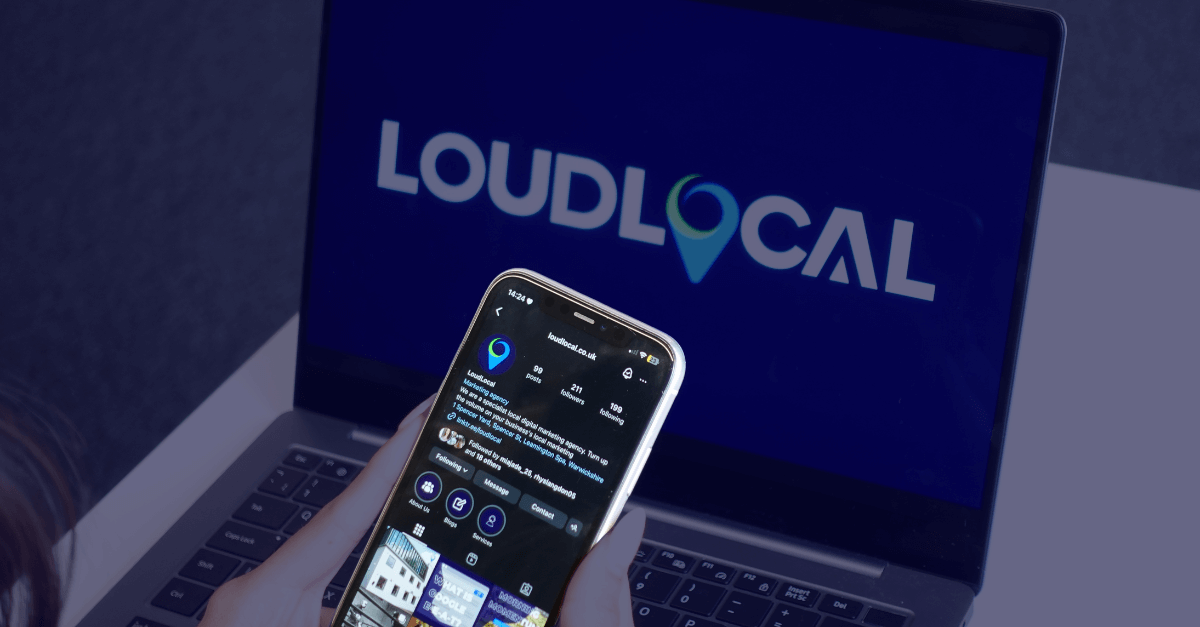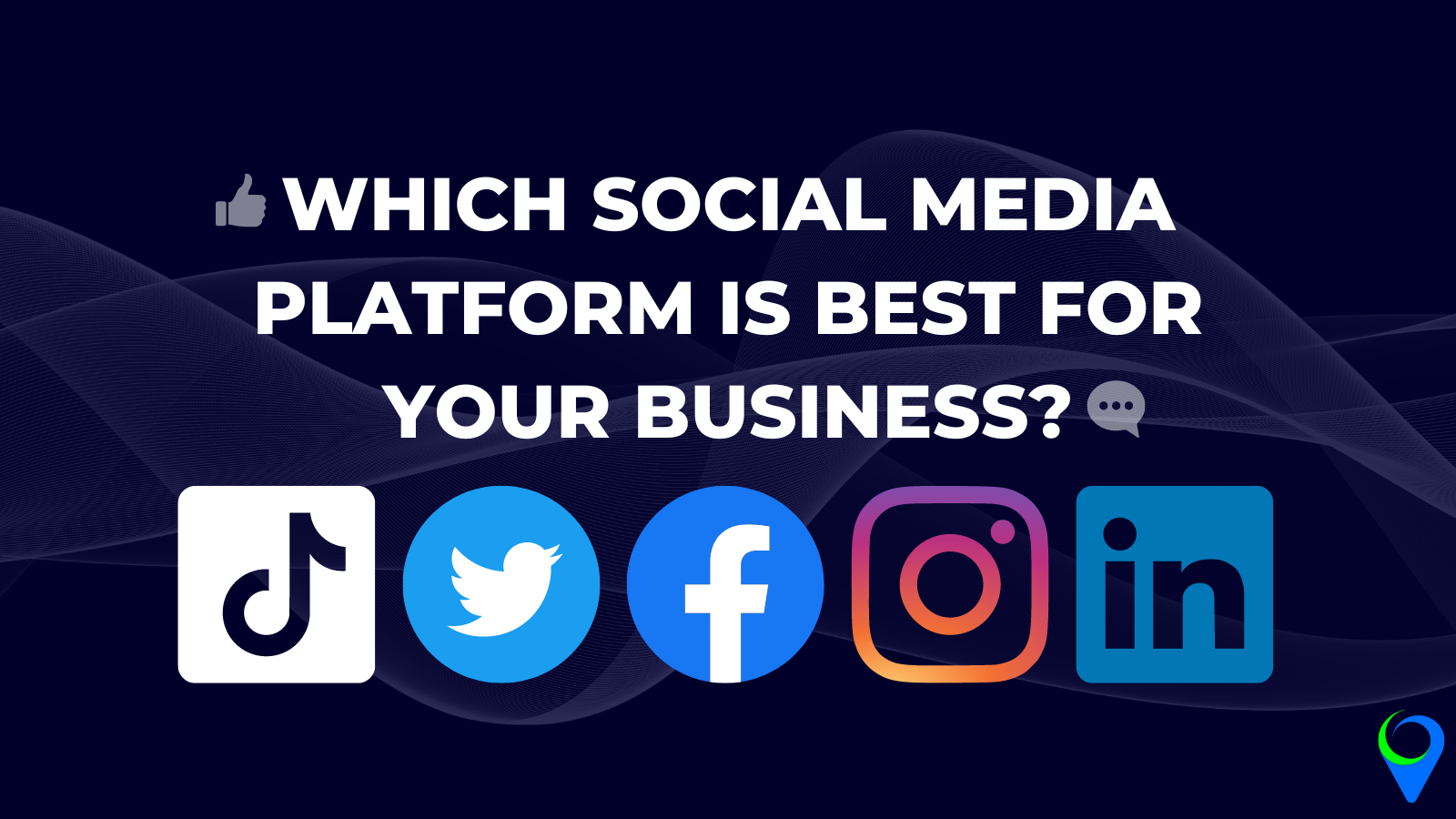The Ultimate Guide to Local SEO for Small Businesses (2025)
Getting found by local customers online isn’t some magic trick, it’s about making sure your business shows up when people nearby are searching for...
Got a question, or need help with something?
A member of the LoudLocal team is on hand to help you.
The Brickyard, Unit 2, Queen's Rd, Kenilworth, Warwickshire, CV8 1JQ
5 Merchant Square, Paddington, London, W2 1AY
Brand guidelines are a set of instructions used to create a brand identity which will become easily recognised by the consumer. They should be easy to understand to allow anyone within the company to create content that reflects the business' key values consistently.
They should include the following:
Brand guidelines are essential to ensure consistency across all platforms as it allows not only the whole team to create uniform work that reflects your brand making it more recognisable and trusted over time, but also any third parties that may be working with your company to understand and get to know your brand.
First, you need to create your brand's story; what are your company's core values? Missions & visions? Who is your target audience? Once you've developed a story you will need to think about how your brand identity can help represent this. It's now time to get creative and start making your guidelines which can be broken down into simple, easy-to-understand sections.
It is essential to choose both your full logo (logo image combined with your company name) and a secondary logo that can be used when the full logo doesn't fit or isn't appropriate. This allows a consistent logo to be seen across all content and used in any situation.

Once your logos have been chosen, it is also essential you consider the sizing/proportions of them to ensure consistency across all platforms. As well as sizing, spacing is also another important aspect to consider. To represent this, you could include examples of logo do's and don'ts to keep it in line with your brand's identity.
It is vital to pick a colour palette that represents your brand's core identity and vision, using colour theory can help with this. Adobe Colour Wheel is a valuable tool when helping decide on secondary or even tertiary colours for your business.

Once you have your brand colours, you will need to include specific details to make sure both digital and printed materials are the same. The colour modes you should include are:
This section of your guidelines should include information on what fonts you want to represent your brand and specify the size, weight, spacing, capitalisation and use of text. Using examples in this section is an excellent way to make the guidelines clear and easy to use by anyone in the company.
.png?width=447&height=447&name=Establishing%20Brand%20Guidelines%20(2).png)
It is important that you consider how your tone and voice will reflect your brand's values and what sort of language you want to use to interact with your audience across various communication channels. This is one of the ways you can really allow your company's personality to shine through and make client interactions feel more personal. It's often useful in this section to include examples of language do's and don'ts to make it clear exactly what you expect.
Imagery can be used as a key part of your brand's identity; decide on your company's specific style and focus on making this as consistent as possible. To do this, it can be useful to think about your buyer personas and target market to ensure you appeal to the correct audience.
Now you've got the essential elements of your guidelines completed, you should have a document including all the information you need for your brand. This can be used when making social posts, web designs, emails or anything where you want your brand to be recognised. Everyone will now be able to represent your brand and make consistent content across all platforms!
We hope you have found this blog useful in creating your own brand guidelines, leave any comments or suggestions in the box below.
If you have any further questions or want help getting started with your brand guidelines, then get in touch with our team.

Getting found by local customers online isn’t some magic trick, it’s about making sure your business shows up when people nearby are searching for...

Running a small business is a full-time job in itself, and finding time for social media can feel like an extra task on the list. But here’s the...

Running a trades business takes a lot of time and energy. You’re busy on site, chasing quotes, and keeping customers happy. But while you’re focused...

8 min read
DIY Social Media FOR aGENCIES- An Introduction We decided to write this article as we regularly get contacted by businesses who are...

GUIDE CONTENTS What Is Social Media? Why Is Social Media Important For Your Business? Facebook Instagram Twitter LinkedIn TikTok Which Platform...
%20(1).png)
When running a business, it can be easy to lose motivation. However, you can take steps to inspire yourself and bring it back.